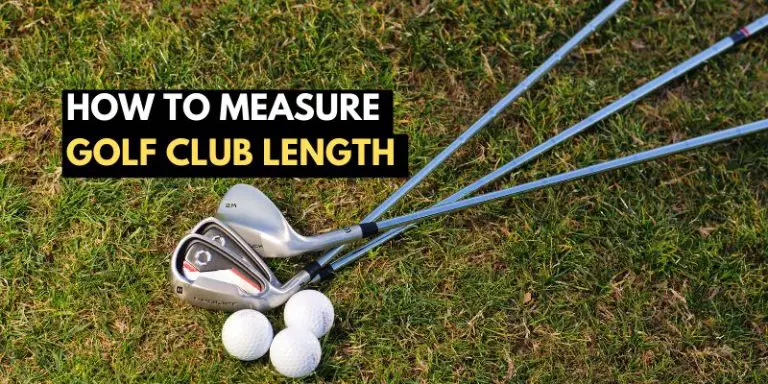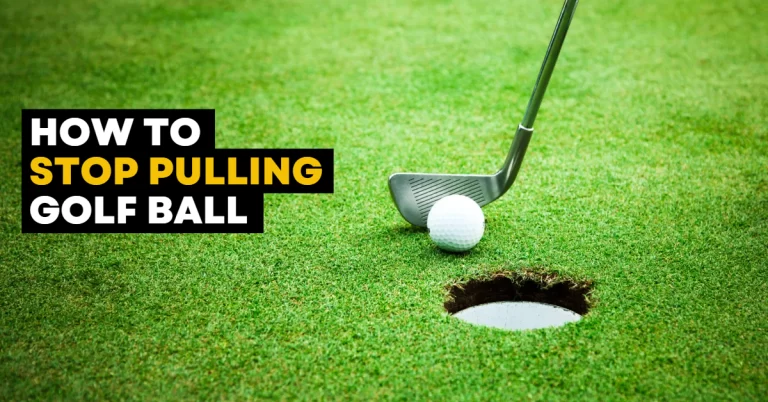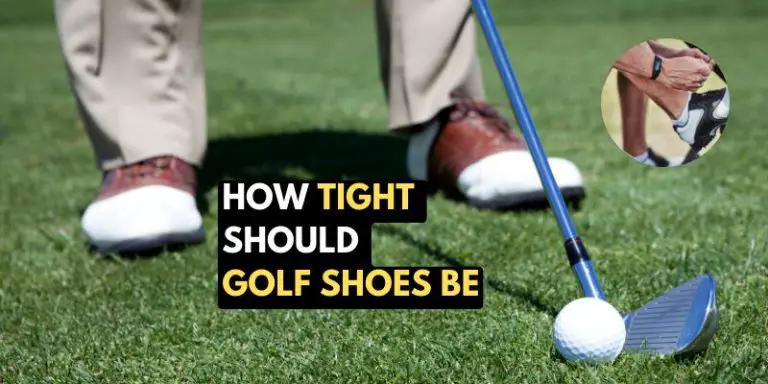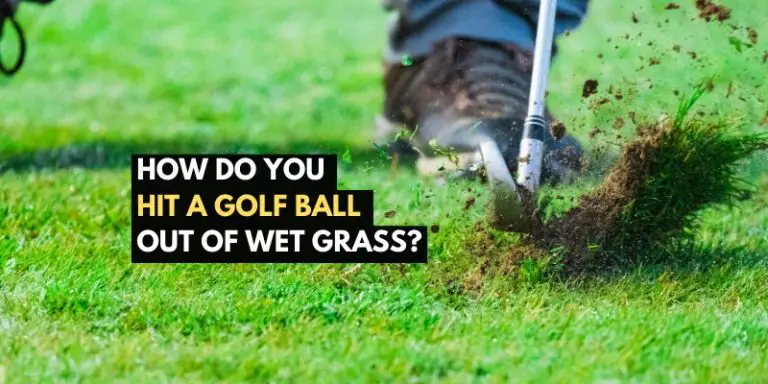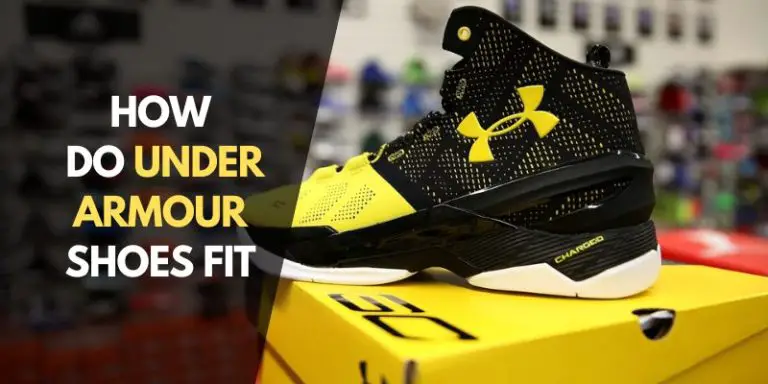How Often to Replace Your Golf Glove: A Beginner’s Guide
Mastering the game of golf requires not only skill but also attention to detail when it comes to equipment. The golf glove, a seemingly small accessory, plays a significant role in a golfer’s performance. Understanding how often to replace your golf glove is essential for maintaining a strong grip, precision, and comfort throughout your swings.
In this comprehensive guide, we delve into the factors that determine the lifespan of a golf glove and offer valuable insights into the ideal replacement schedule to optimize your play on the course.
How Often to Replace Your Golf Glove?
When considering how often to replace your golf glove, it’s vital to consider elements that impact both performance and longevity on the golf course. Typically, dedicated golfers find it beneficial to replace their gloves every 15-20 rounds or every 2-3 months, though this may vary based on individual playing habits and environmental conditions.
The key to maximizing the lifespan of your golf glove lies in recognizing signs of wear, such as a diminishing grip or visible deterioration. Regular inspection coupled with proper care, including avoiding excessive moisture and storing your glove correctly, can significantly extend its durability.
For an enhanced golfing experience, explore gloves from reputable brands known for their best golf glove lifespan. Look for descriptors like “durable golf gloves” to ensure you invest in a product designed for lasting performance. Implementing practical golf glove care tips further contributes to maintaining the integrity of your gear.
Signs of Golf Glove Wear and Tear
Fading Grip
Your golf glove’s primary function is to provide a solid grip on the club. Over time, the grip may start to fade, making it challenging to control your shots. If you notice that your glove is no longer offering the traction it once did, it’s a clear sign that it’s time for a replacement.
Loose Fit
A golf glove should fit snugly on your hand without being too tight. However, if you find that it’s becoming loose or baggy, it’s lost its ability to support your swing correctly. A loose glove can lead to inconsistent shots and reduced control.
Holes and Tears
Perhaps the most obvious sign that your golf glove needs replacing is the presence of holes or tears. Even a small hole can affect your grip and comfort. Don’t wait until it gets too big; once you spot any damage, start shopping for a new one.
Factors Affecting Golf Glove Lifespan
Several factors can influence how long your golf glove remains in top condition.
Frequency of Play
If you’re an avid golfer who hits the course multiple times a week, your glove will naturally wear out faster than someone who plays occasionally. Consider your playing frequency when determining when to replace your glove.
Weather Conditions
Playing golf in various weather conditions can take a toll on your gloves. Rain, extreme heat, and humidity can accelerate wear and tear. If you often play in adverse weather, you may need to replace your glove more frequently.
Care and Maintenance
Proper care and maintenance can extend the life of your golf glove. Regularly cleaning and air-drying your glove after each round can help preserve its quality. Avoid leaving it in your golf bag where it can get crumpled and damaged.
Benefits of Replacing Your Golf Glove
Improved Performance
A fresh golf glove provides a superior grip, allowing you to have better control over your shots. With improved performance, you can expect more accurate swings and a more enjoyable game.
Comfort and Grip
An old, worn glove can become uncomfortable, leading to blisters and discomfort during your rounds. Replacing it ensures a comfortable fit and a secure grip, preventing painful distractions during your game.
Preventing Injuries
An ill-fitting or damaged glove can increase the risk of hand and wrist injuries. By replacing your glove when necessary, you reduce the chances of straining or injuring your hand while swinging.
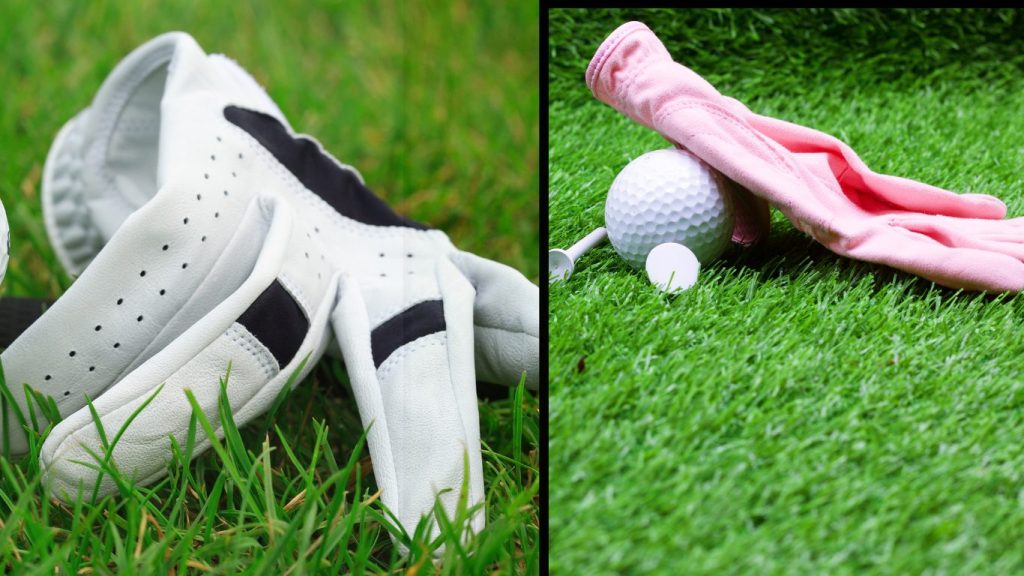
When to Replace Different Types of Golf Gloves
The type of golf glove you use can also affect its lifespan. Here’s a quick guide on when to replace different types of gloves.
1: Leather Gloves
Leather gloves are known for their durability and superior grip. However, they tend to wear out faster than synthetic gloves. Replace your leather glove when you notice signs of wear, such as fading or stretching.
2: Synthetic Gloves
Synthetic gloves are more resistant to moisture and may last longer in wet conditions. They typically show signs of wear in the same way as leather gloves, so keep an eye on the grip and fit.
3: All-Weather Gloves
All-weather gloves are designed to withstand various conditions. While they may last longer, they still require replacement when you notice any deterioration in their performance.
Golf Glove Care Tips
Proper Cleaning
Regularly clean your golf glove by gently washing it with mild soap and water. Rinse and air-dry it to maintain its elasticity and grip.
Rotating Gloves
If you have multiple golf gloves, rotate them to evenly distribute the wear and tear. This can prolong the lifespan of each glove.
Using Glove Liners
Consider using glove liners for added protection. These thin, moisture-wicking liners can help absorb sweat and extend the life of your golf glove.
How to Choose the Right Replacement Golf Glove
When it’s time to replace your golf glove, consider these factors to choose the perfect replacement.
Size and Fit
Ensure that your new glove fits snugly but comfortably on your hand. Sizes may vary between brands, so try them on to find the best fit.
Material
Decide whether you prefer leather or synthetic material based on your playing style and the prevailing weather conditions in your area.
Brand and Model
Golf gloves come in various brands and models, each with its unique features. Read reviews and ask for recommendations to find a glove that suits your needs.
5 Best golf gloves brand list:
- FootJoy: Known for a wide range of glove styles suitable for various weather conditions.
- Titleist: Offers high-quality gloves with excellent grip and durability.
- Callaway: Known for producing comfortable gloves with good grip and feel.
- TaylorMade: Offers gloves designed for both performance and comfort.
- Mizuno: Known for crafting gloves that provide a secure grip and durability.
Conclusion
Knowing How often to replace your golf glove is a pivotal aspect of ensuring consistent performance on the golf course. By recognizing the subtle signs of wear and understanding the key factors influencing the longevity of your golf glove, you’re better equipped to maintain a solid grip and control during your game.
Regularly assessing the condition of your golf glove and adhering to a replacement schedule will significantly enhance your play and overall enjoyment of the sport. Stay ahead in the game by staying mindful of when it’s time to renew your golf glove for a continued top-notch performance.
Frequently Asked Questions
How often should I replace my golf glove?
The frequency of replacement depends on factors like your playing frequency, weather conditions, and care. However, a general guideline is to replace your glove every 15-20 rounds of golf or when you notice signs of wear.
Can I extend the life of my golf glove?
Yes, you can extend your glove’s lifespan by properly cleaning it, rotating gloves, and using glove liners.
Are leather or synthetic gloves better for durability?
Leather gloves offer excellent grip but may wear out faster than synthetic gloves. The choice depends on your preference and playing conditions.
What should I do if my glove gets wet during a round?
If your glove gets wet, try to air-dry it between holes. If possible, carry a spare glove for wet conditions.
Is it essential to replace my golf glove even if it looks fine?
Yes, because even if it looks fine, an old glove may have lost its grip and support. Replacing it ensures consistent performance and comfort on the course.

